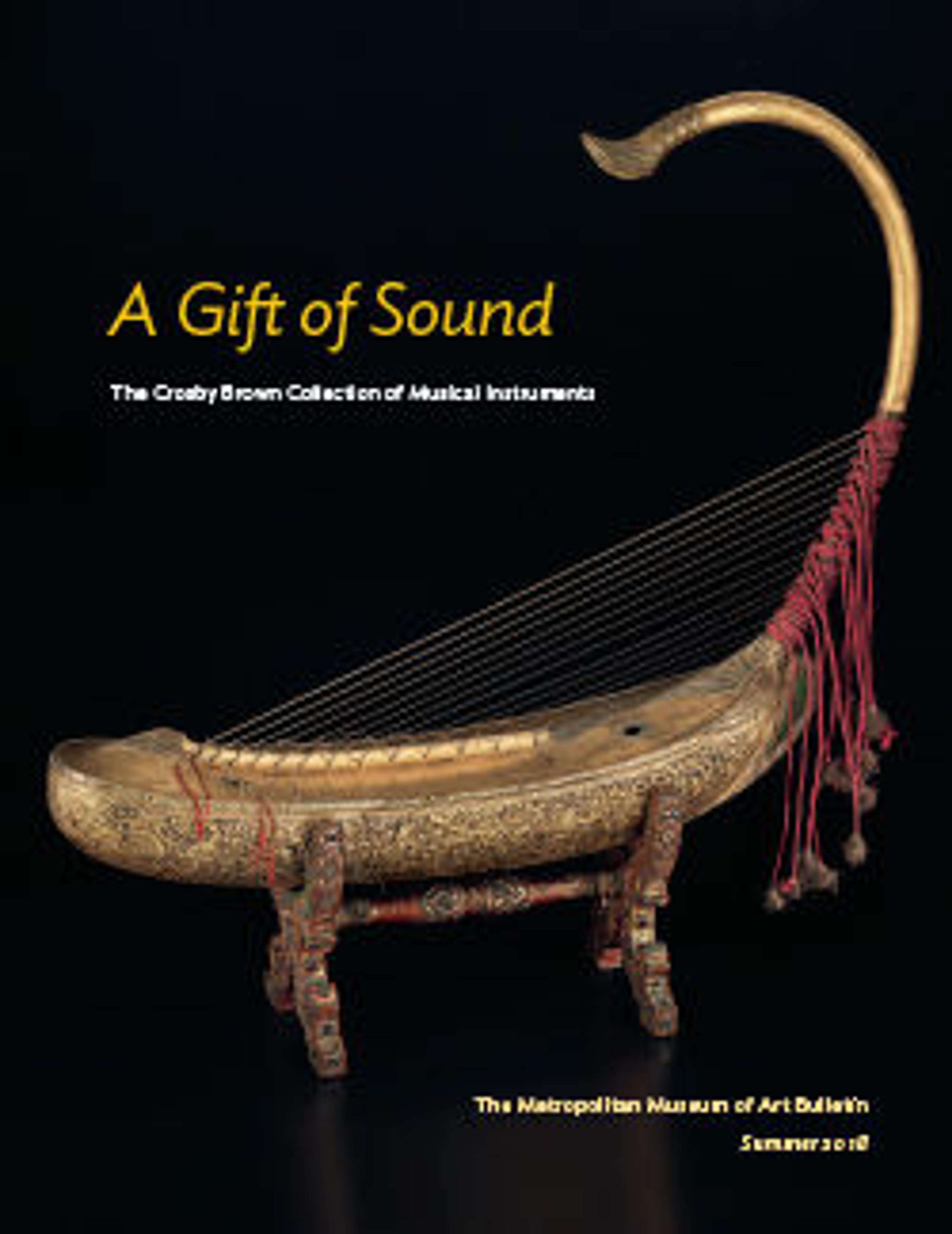Cor omnitonique
The loops of tubing incorporated into the body of this innovative natural horn allow the player to change the instrument’s pitch by using the long plunger to set the instrument in the desired key. On traditional natural horns, this was accomplished by using a set of detachable crooks. However, the additional weight and unwieldy shape of most omnitonic horns meant that none of them gained widespread acceptance. Players continued to use conventional natural horns or adopted the valved horns that were becoming more common during the mid nineteenth century. The fact that makers worked to devise new designs for natural horns long after the valve appeared in 1814 attests to the continued popularity of the natural horn among players and composers.
Artwork Details
- Title: Cor omnitonique
- Maker: Attributed to Charles Joseph Sax (Belgian, Dinant, Belgium 1790–1865 Paris)
- Date: 1833
- Geography: Brussels, Belgium
- Culture: Belgian
- Medium: Brass
- Dimensions: Height: 21 5/8 in. (54.9 cm)
Width (Perpendicular to bell): 16 5/8 in. (42.2 cm)
Diameter (Of bell): 11 7/16 in. (29.1 cm) - Classification: Aerophone-Lip Vibrated
- Credit Line: The Crosby Brown Collection of Musical Instruments, 1889
- Object Number: 89.4.2418
- Curatorial Department: Musical Instruments
More Artwork
Research Resources
The Met provides unparalleled resources for research and welcomes an international community of students and scholars. The Met's Open Access API is where creators and researchers can connect to the The Met collection. Open Access data and public domain images are available for unrestricted commercial and noncommercial use without permission or fee.
To request images under copyright and other restrictions, please use this Image Request form.
Feedback
We continue to research and examine historical and cultural context for objects in The Met collection. If you have comments or questions about this object record, please contact us using the form below. The Museum looks forward to receiving your comments.
